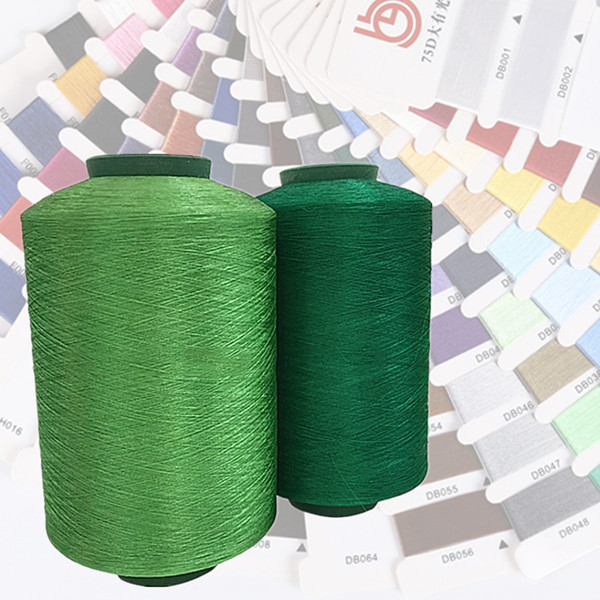Weaving Method of Twisted Yarn
2024-06-14
Introduction of twisted yarn
Twisted yarn is a kind of yarn formed by adding twist to raw cotton yarn. It has excellent mechanical properties and stability, and is widely used in the production of high-end clothing fabrics.

Weaving method of twisted yarn
Spinning
Spinning is the process of turning raw cotton fiber into thread after a series of processing processes. The following points should be noted in the spinning of twisted yarn:
Raw material selection: Select high-quality cotton with long fiber length, high tensile strength and few impurities as raw material.
Card: The raw material is processed by the card machine to remove short fibers and impurities.
Drawing: The fibers after the card are combined into a certain number of draws through the draw frame.
Combing: The draw is finely combed by the combing machine to form slender fibers and improve the quality of cotton yarn.
Roving: The combed fibers are formed into roving as needed.

Twisting
Twisting is the process of combining two or more strands of yarn into one strand of yarn with a certain twist. The following points should be noted when twisting twisted yarns:
Merge yarns: Select high-quality yarns for merging, and pay attention to matching the twist between yarns when merging.
Adjust twist: Adjust the twist of the yarn by adjusting the various parameters on the twisting machine to achieve the desired twisting effect.
Control tension: During the twisting process, the tension between the yarns needs to be controlled to avoid problems such as yarn breakage and disordered weft.
Warping
Warping is the process of arranging the yarns from the spindle to the warp reed in a certain order. The following points should be noted when warping twisted yarns:
Select appropriate reeds: Select appropriate reeds according to the characteristics of the yarns and the requirements of the fabric.
Adjust tension: During the warping process, the tension between the yarns needs to be controlled to avoid problems such as yarn breakage and stretching.
Adjust spacing: According to the requirements of the fabric, the spacing between the yarns needs to be adjusted to make them neatly and tightly arranged.
Summary
The weaving method of polyester twisted yarns includes detailed steps of spinning, twisting and warping. During the weaving process, attention should be paid to details such as the selection of yarn quality, the adjustment of twist and the control of tension to ensure the quality and stability of the twisted yarn.
 English
English 한국어
한국어 বাংলা ভাষার
বাংলা ভাষার हिन्दी
हिन्दी Türkçe
Türkçe русский
русский




